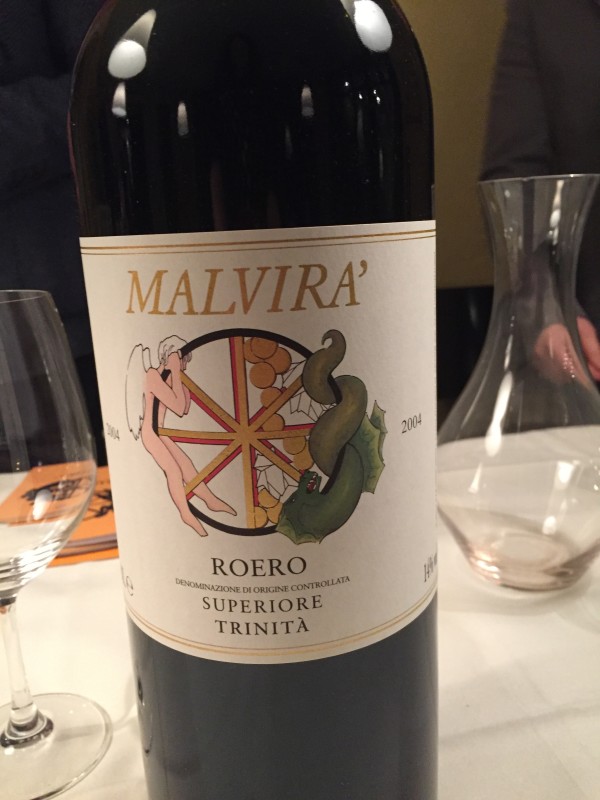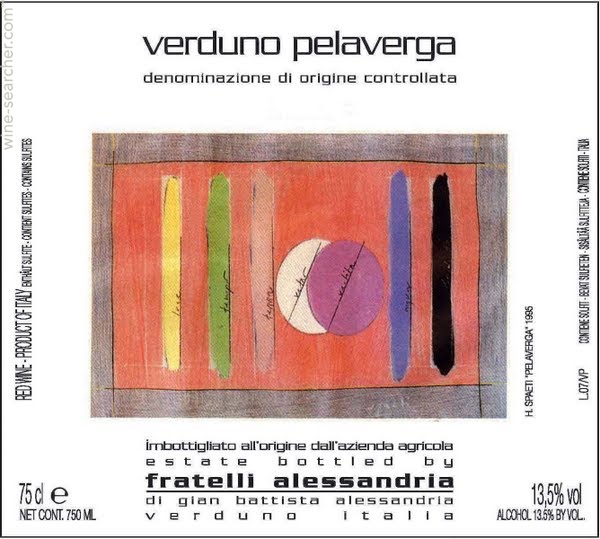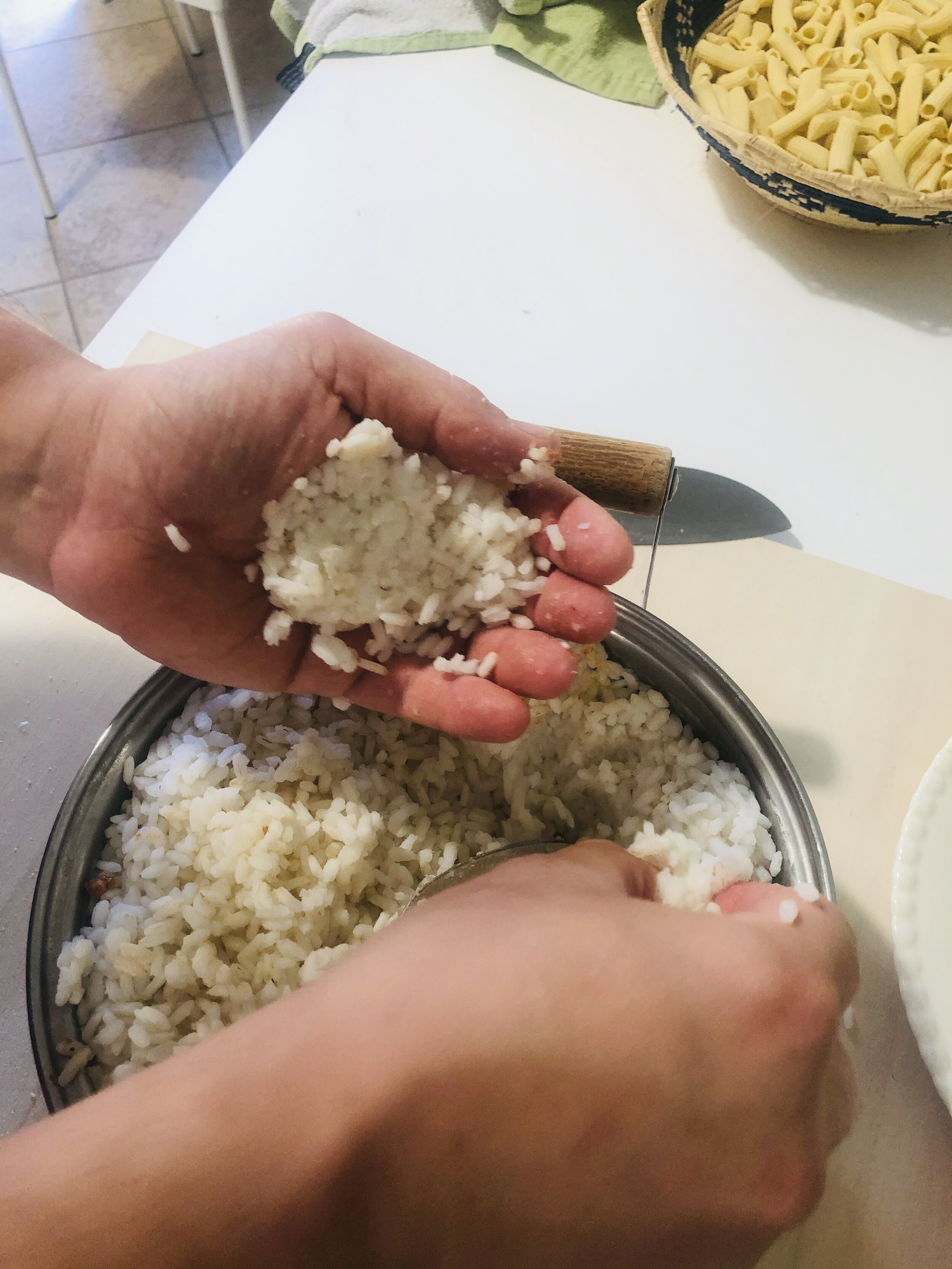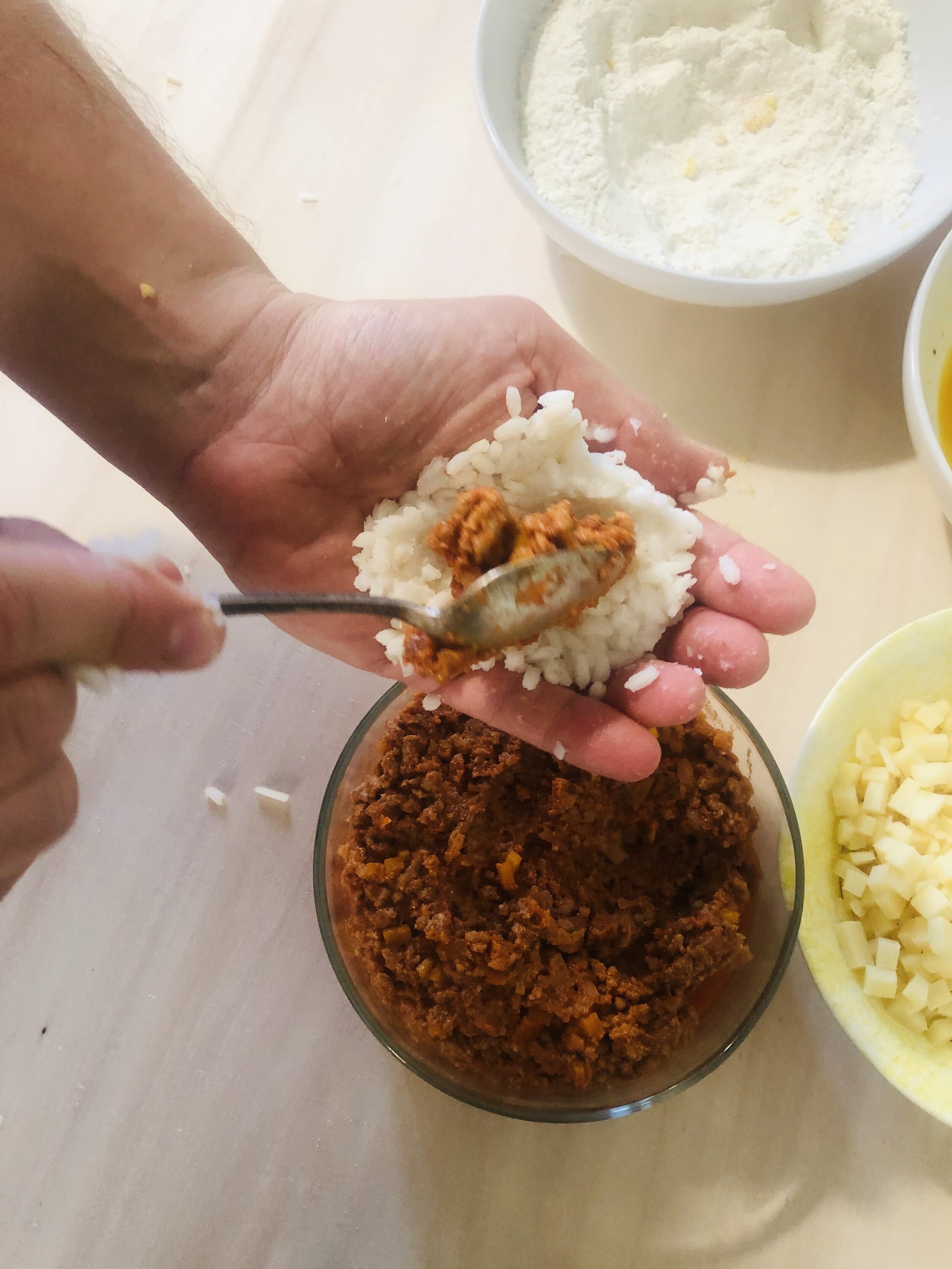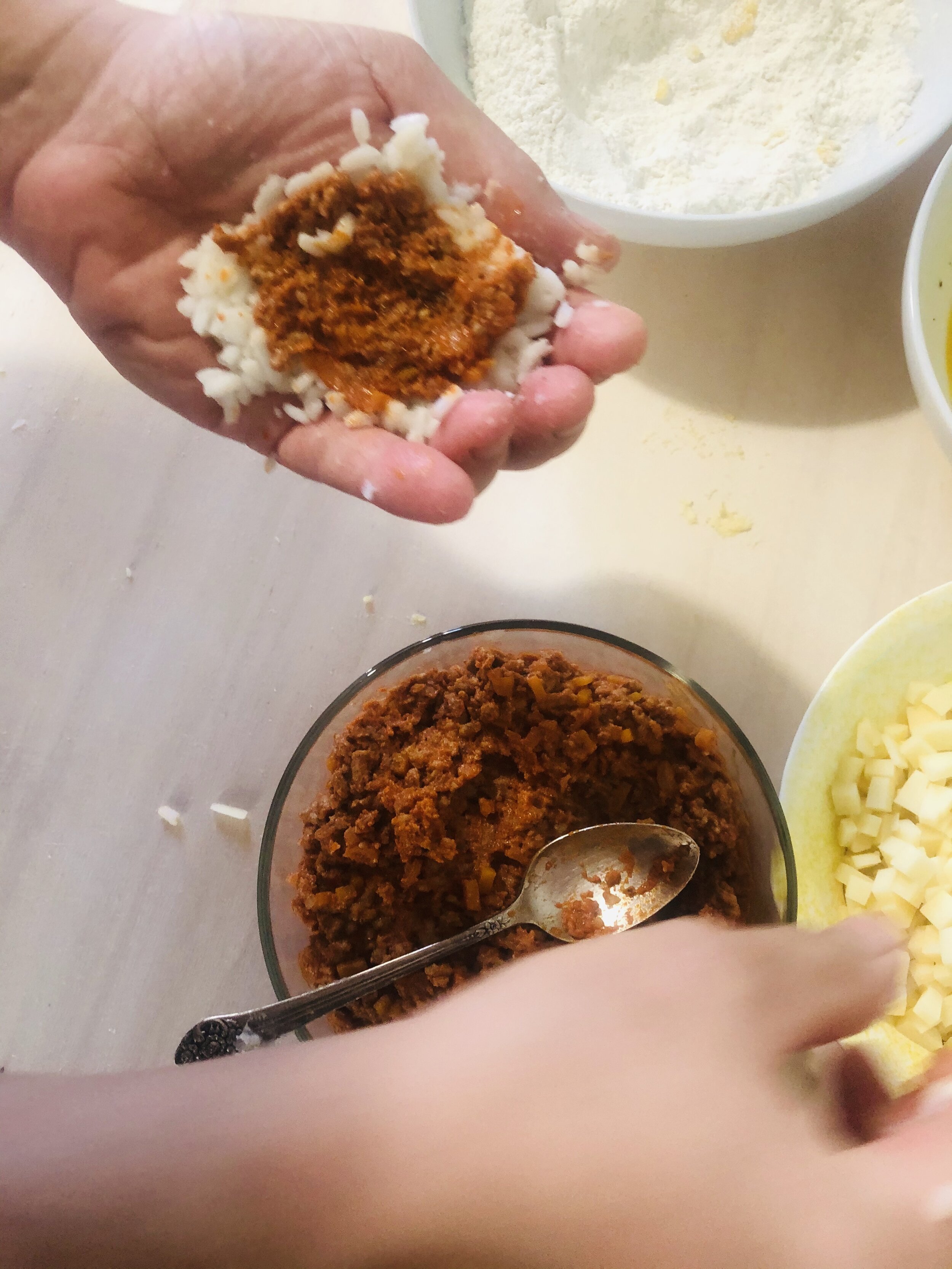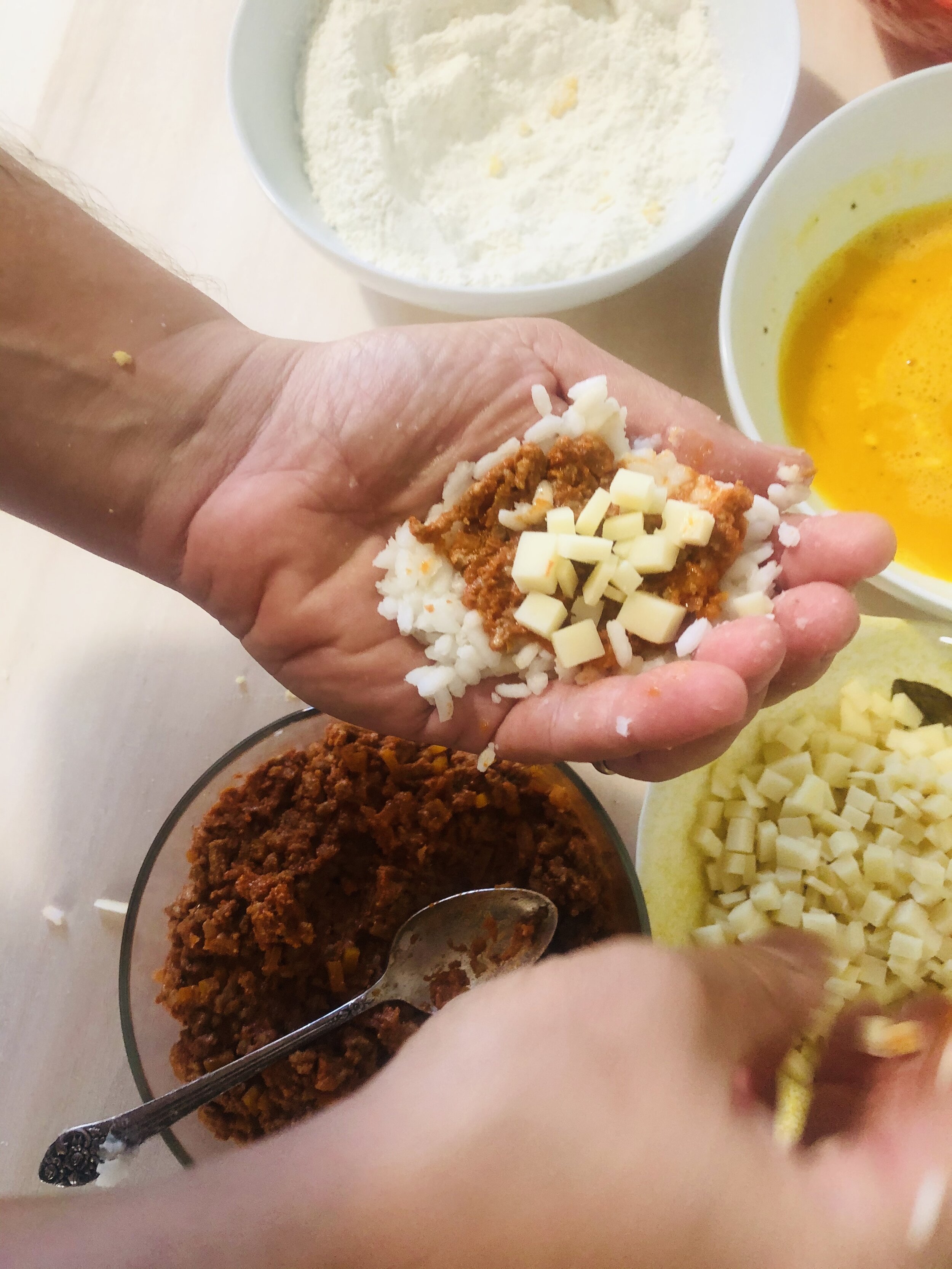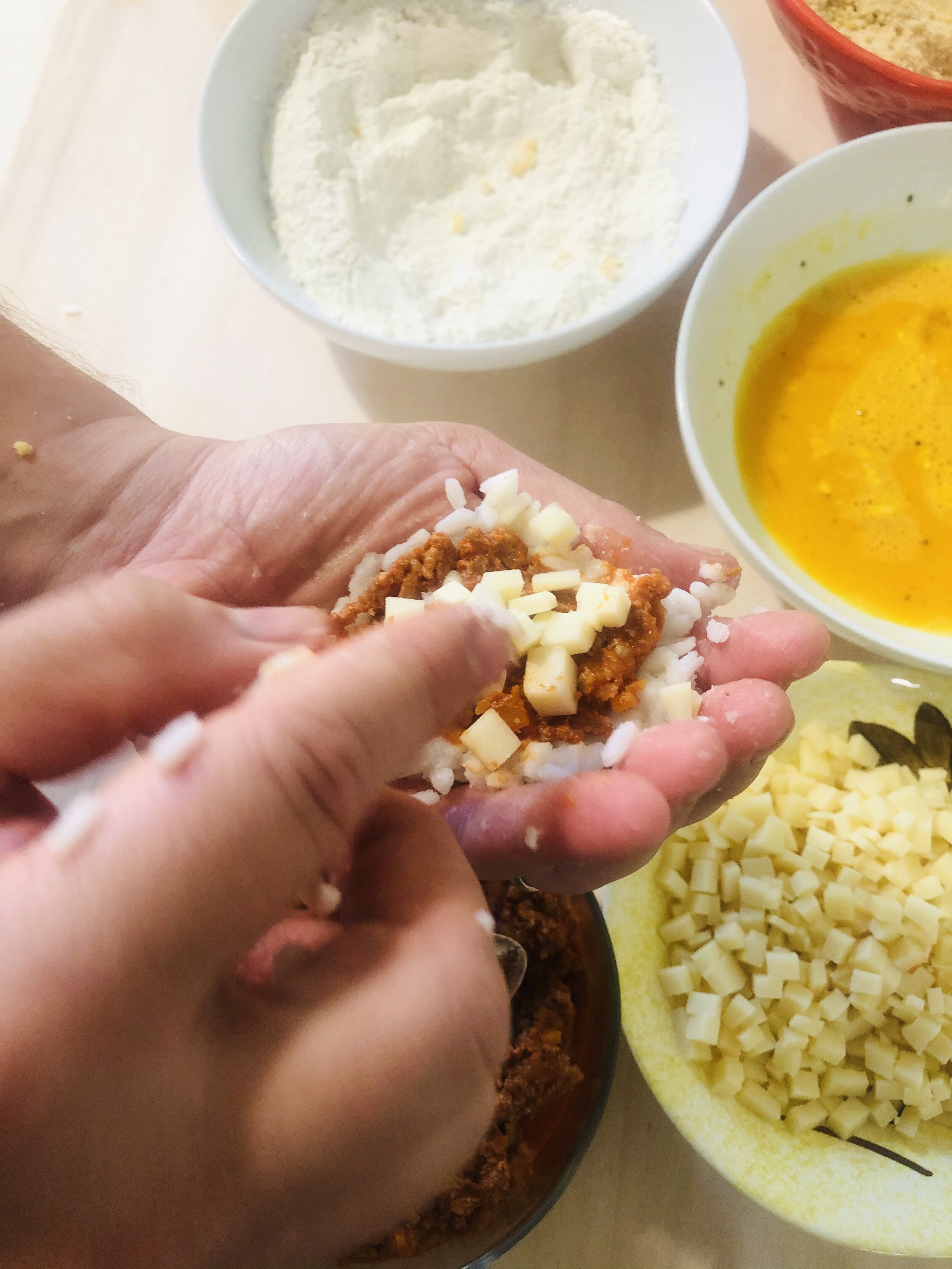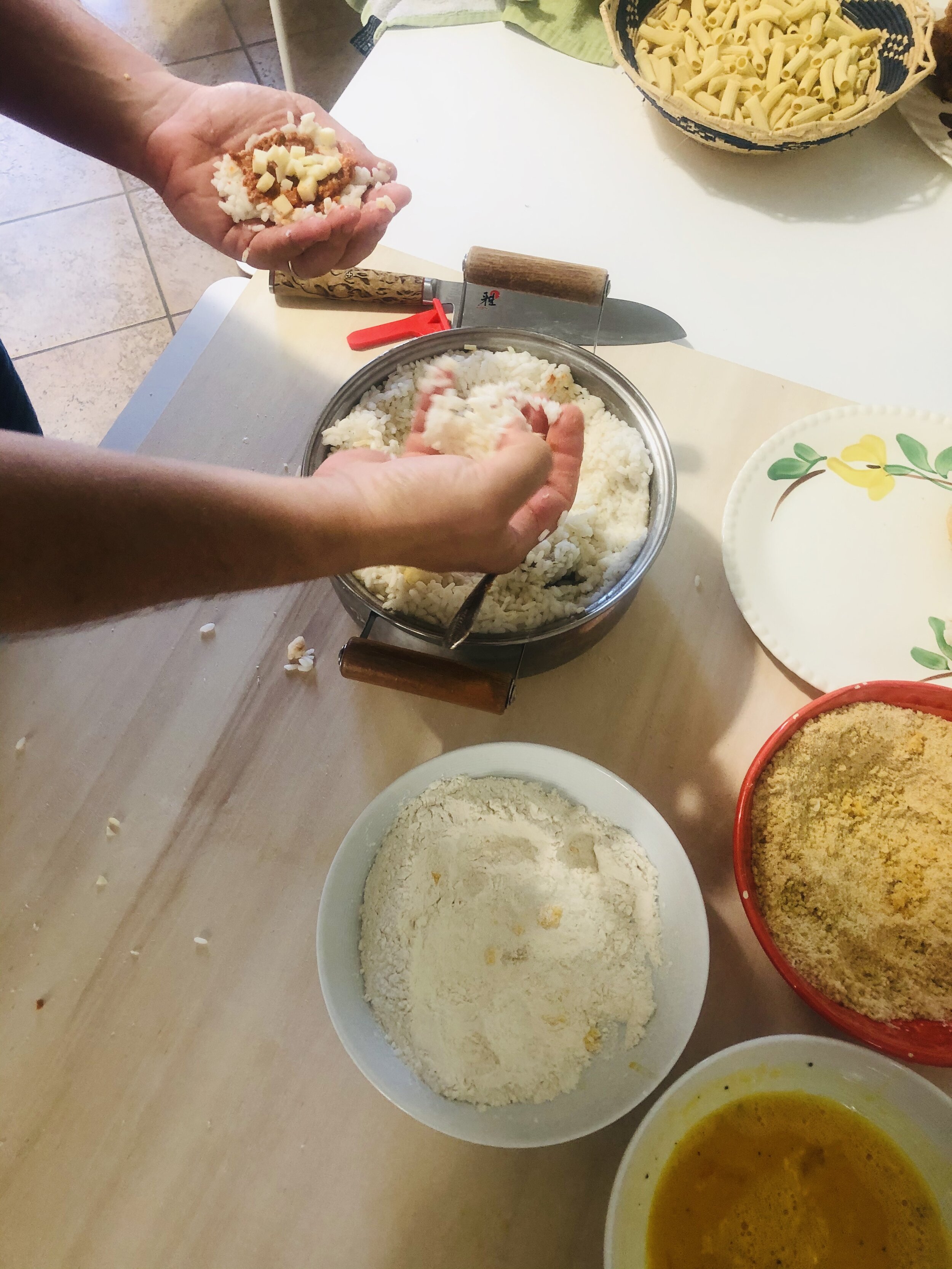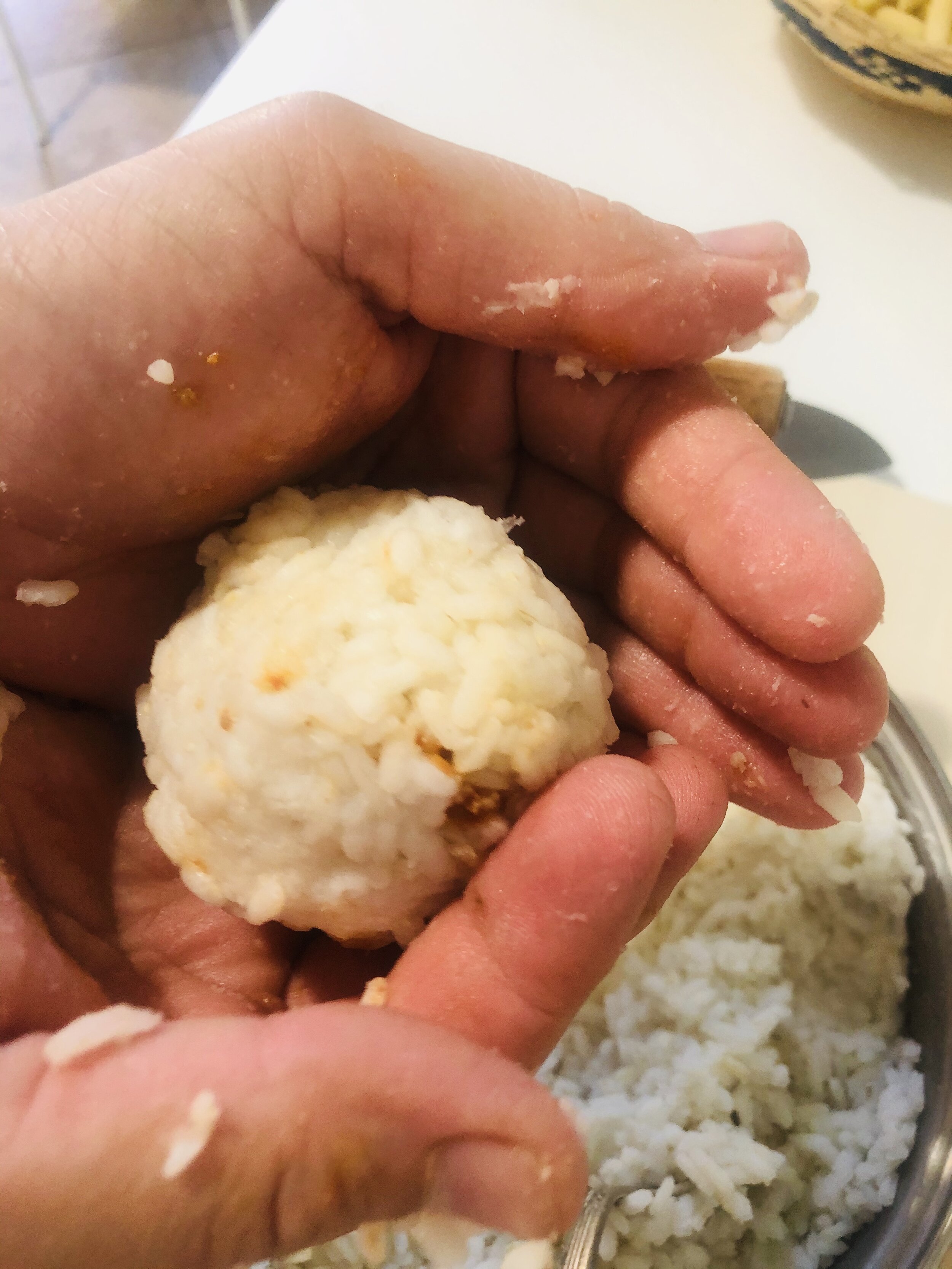Got my fill of Barbera d'Asti and some other little treats!
/Got my fill of Barbera d’Asti and some other nice treats, thank you Castagnole delle Lanze for such an wonderful wine and food festival. One thing that I love about living in Italy are the festivals. Every town has their specialty, weather it be foods, wine, or even antiques. Every weekend there is something to do here and people travel from all over to partake in the freshest ingredients.
Last weekend was the Castagnole delle Lanze Barbera d’Asti festival and there were about 23 different producers strategically placed around the historic part of the town. With every producer was live music and a different type of food to pair with your wine. Which means I got to taste a lot of wine, and here are the greatest ones that I have tasted.
unnamed-3
unnamed
Barroero Barbera d’Asti 2013 Azzurra; Marco is the winemaker and makes about 600 bottles a year. Super small high quality production. This wine was wonderful showing fruits of blackberries, plum, iron kind of like raw meat (something very typical of Barbera) had a great acidity and a long finish.
Four friends who had a love for sparking wine during an ongoing dream in enology school had decided to try making a sparking from this area’s most prized grape Nebbiolo. They call them selves Erpacrife for (Eric, Paolo, Cristian, and Federico), and they make a wonderfully dry sparking wine. I have always said if you have fish and chips this would be the perfect wine. What they have been able to show here is the power of the Nebbiolo’s acidity. The 2011 Erpacrife Nebbiolo was wonderful, pink grapefruit, peaches, white flowers. The color they have been able to maintain from the Nebbiolo is the color of an onionskin pink. The vineyard where they collect the grapes is in the area of Alba Madonna di Como and here their vineyards are located in this amphitheater where the climate is a bit cooler, helping to mature the Nebbiolo slower and also maintaining sugar levels lower and acidity levels higher.
[embed]https://www.instagram.com/p/BE1gBRdIdZH/?taken-by=amandaswineadventures[/embed]
Gianni Doglia had a few things to try at his stand, and so I did! First I tasted the Grignolino 2015 strawberry, floral, a bit of tannins showing very rich in the mouth. Everyone in this area seems to be very happy with the 2015 vintage, making bigger, fruit driven wine. The Barbera s’Asti 2015 was the bomb. Black fruits, plum, pleasant acidity (lot less meaty quality than the 2013’s).
[embed]https://www.instagram.com/p/BE3FSsoIddU/?taken-by=amandaswineadventures[/embed]
Dogliotti 1870 as you can imagine there are many generations of winemaking going on in this house. It all started in Castiglione Tinella and not to long after had decided to move their production area to Castagnole delle Lanze where the winery and family are currently today. Barbera d’Asti 2014, elegant, linear, red fruit, and floral respect some other vintages, has a nice clean acidity.
unnamed-5
This festival is always a good time, and I will plan to go again next year. I just hope it does not rain.

















